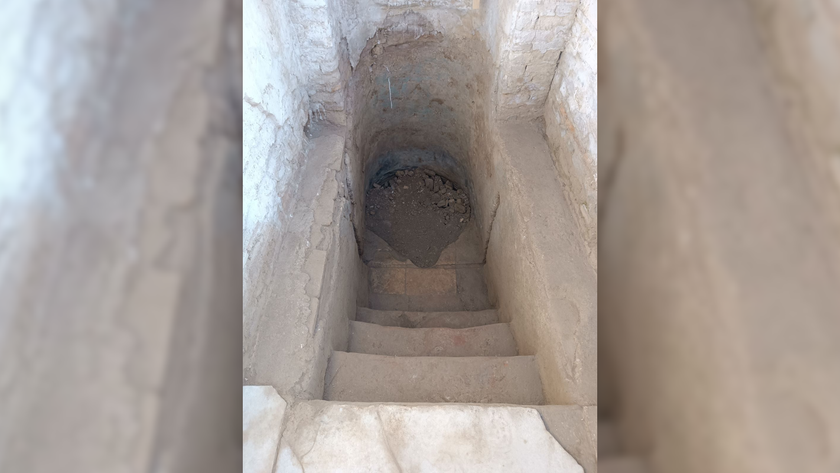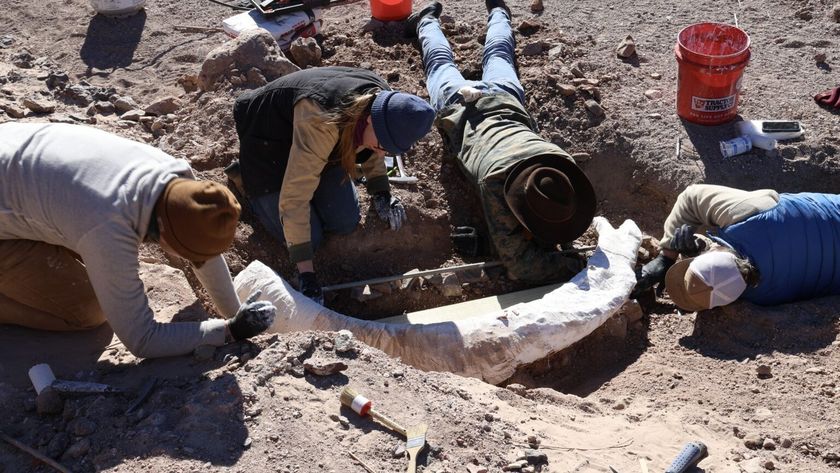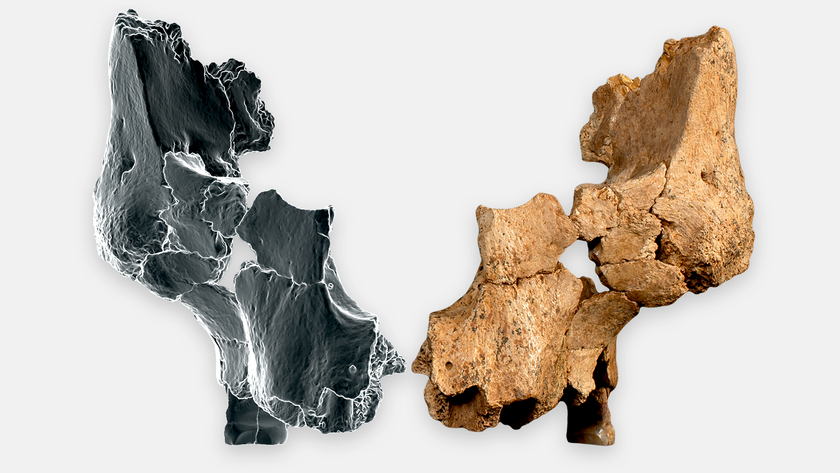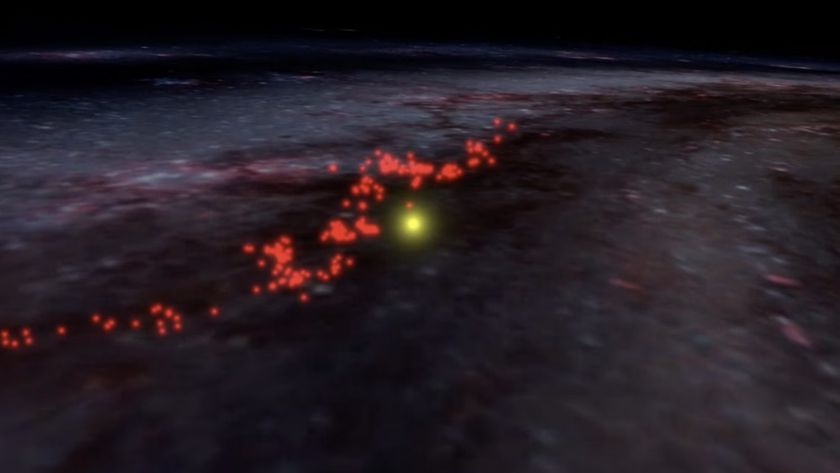How Mysterious Natural Arches Form
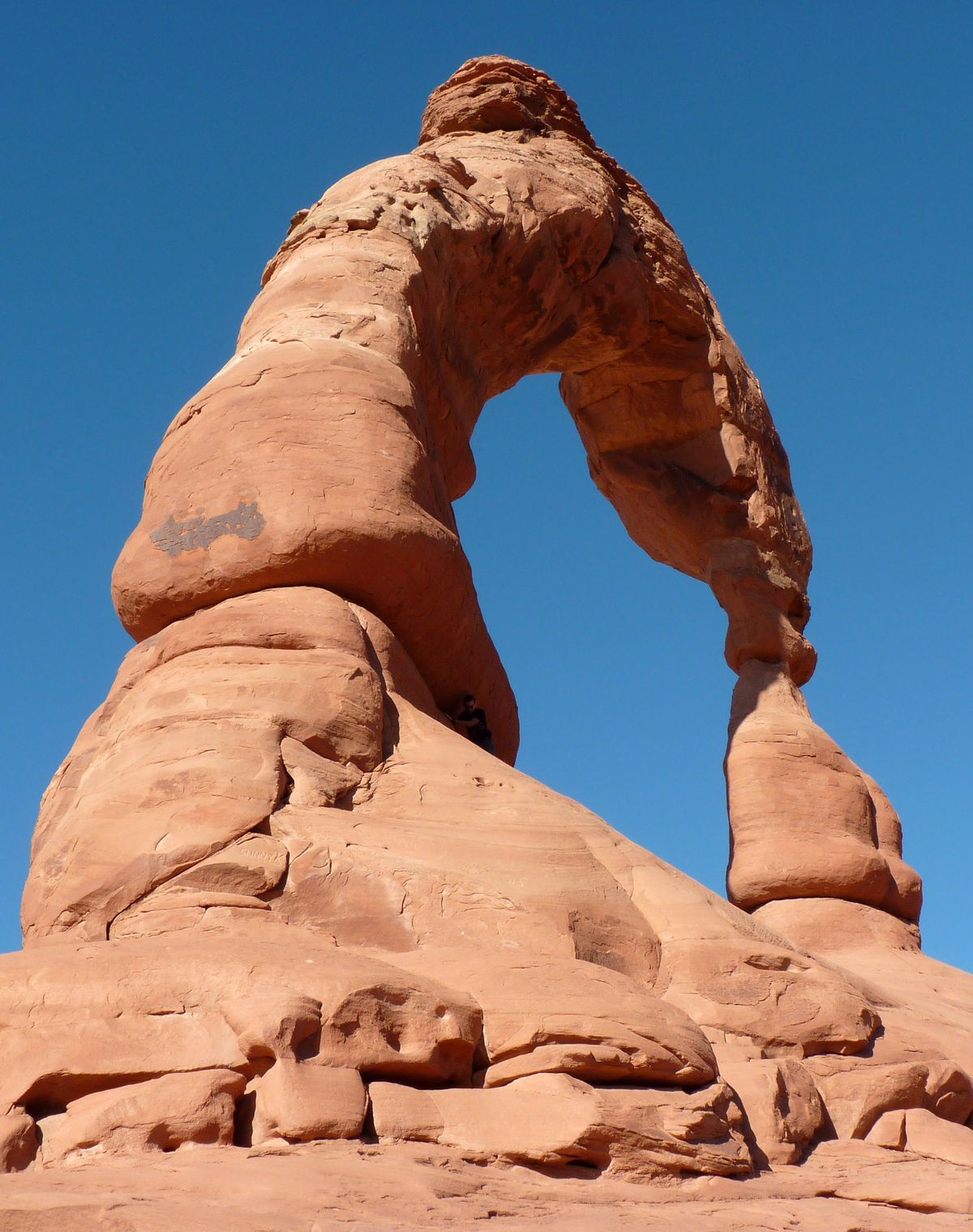
Arches of stone seem to defy explanation, but a new study may have solved the mystery of how these and other strange natural stone wonders form.
The bewildering shapes apparently owe their origin in large part to how rock can strengthen when squashed from above, scientists explained.
Mysterious rock formations such as arches, bridges, pillars and mushroom-shaped pedestal rocks occur all over the world. Geologists mostly think these form due to erosion from wind and water, as well as from the weathering effects of salt and frost.
However, lead author of the new study Jiří Bruthans, a geologist at Charles University in Prague, and his colleagues did not think erosion and weathering alone could explain how many of these natural sculptures arose. They also noted that prior research did not explain how the upper parts of arches remain stable. [Images: Amazing Rock Formations Around the World]
Now, the researchers said they can help explain how these rock formations develop by accounting for the way rock can strengthen when compacted by weight from above.
"The results were shocking for me when I started to realize how simply nature carves all these shapes," Bruthans said.
The scientists conducted experiments with oven-dried cubes of sandstone that were weak enough that running water could erode them. As the sides of the cubes disintegrated from exposure to water, researchers saw that the weight of the sandstone above was held up by fewer and fewer sand grains. This increased the amount of force placed on those remaining grains from the sand above.
Sign up for the Live Science daily newsletter now
Get the world’s most fascinating discoveries delivered straight to your inbox.
Experiments and numerical models revealed that once a critical weight from the higher parts of the sandstone was reached, the downward force locked the lower grains of sand together more tightly, increasing their resistance to erosion. In contrast, other parts of sandstone bearing less weight stayed vulnerable to erosion, and washed away.
The researchers also found that introducing weaknesses, such as notches or fractures, into the sandstone cubes could yield a diversity of shapes, including arches, pillars and pedestal rocks.
After enough models and experiments, "you know what it will carve — you have full control of erosion like a magician," Bruthans told Live Science. "It is like each sandstone rock is inhabited by a spirit, which by magic controls the erosion to carve the ugly rock into right, great shape. In fact, it is the interaction of hundreds of billions of sand grains, gravity and erosion, nothing more."
The scientists detailed their findings online today (July 20) in the journal Nature Geoscience.
Follow Live Science @livescience, Facebook & Google+. Original article on Live Science.

Charles Q. Choi is a contributing writer for Live Science and Space.com. He covers all things human origins and astronomy as well as physics, animals and general science topics. Charles has a master of arts degree from the University of Missouri-Columbia, School of Journalism and a bachelor of arts degree from the University of South Florida. Charles has visited every continent on Earth, drinking rancid yak butter tea in Lhasa, snorkeling with sea lions in the Galapagos and even climbing an iceberg in Antarctica.


